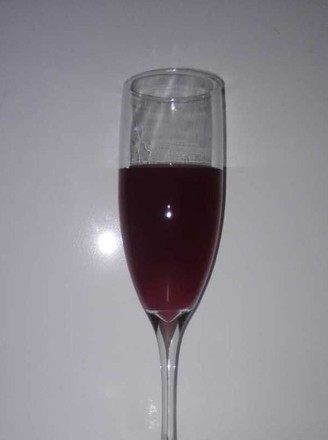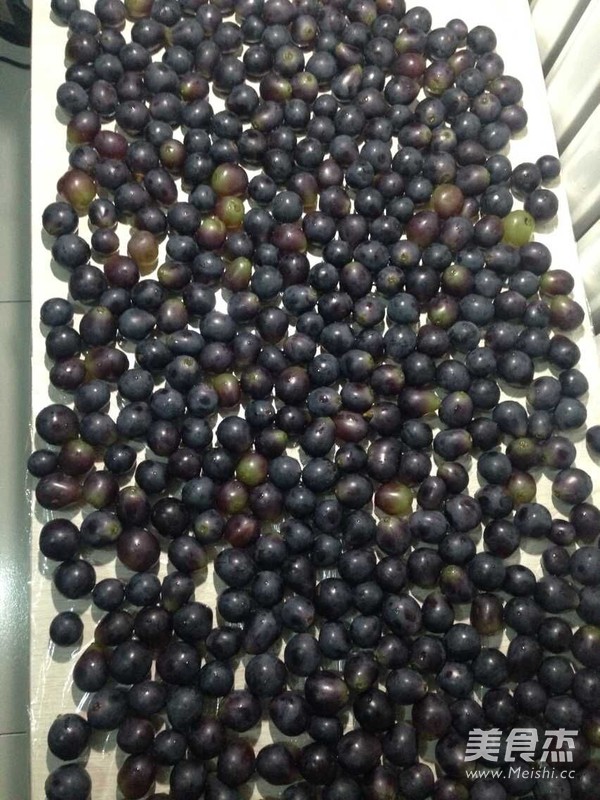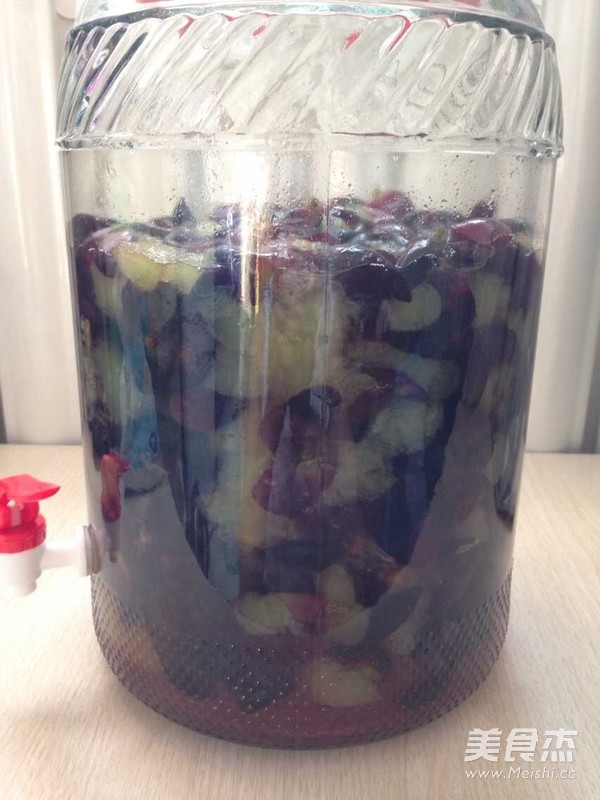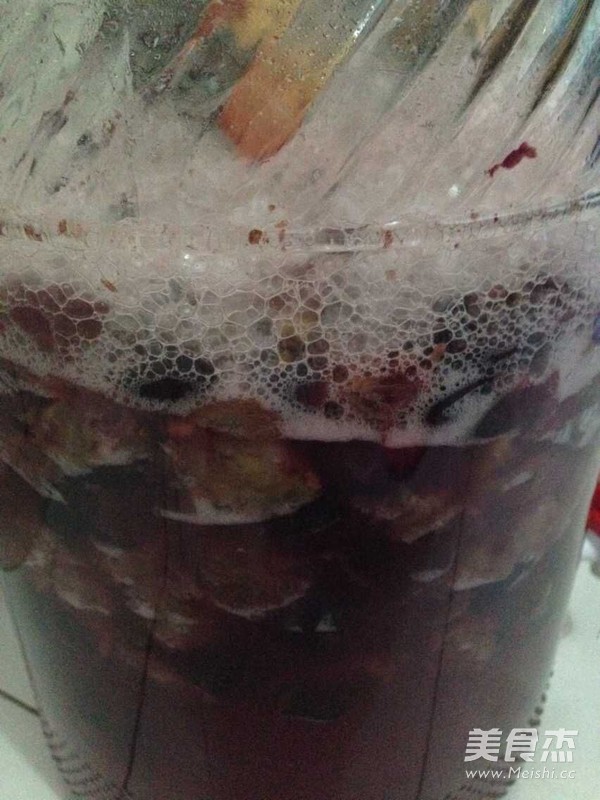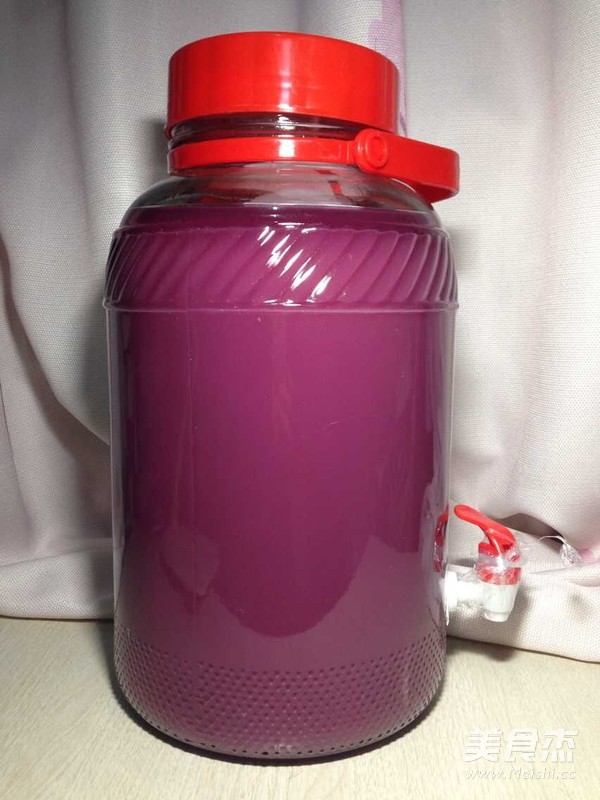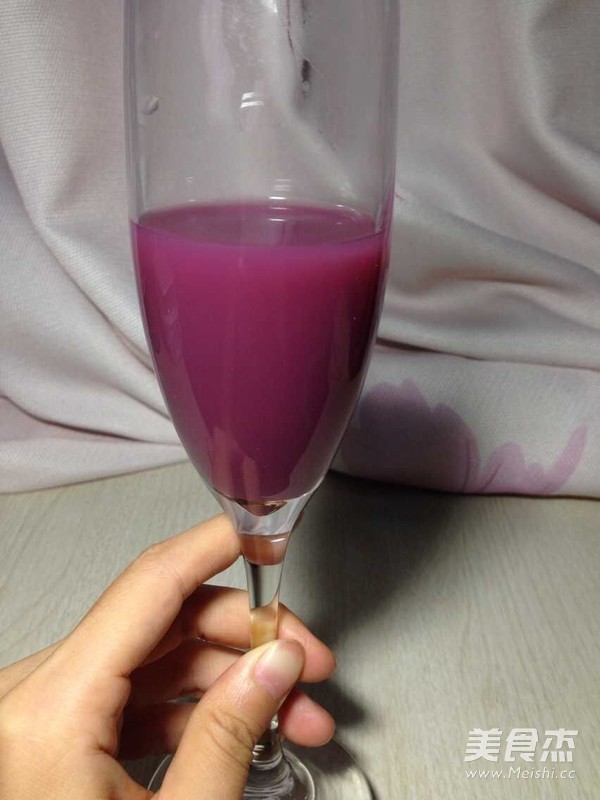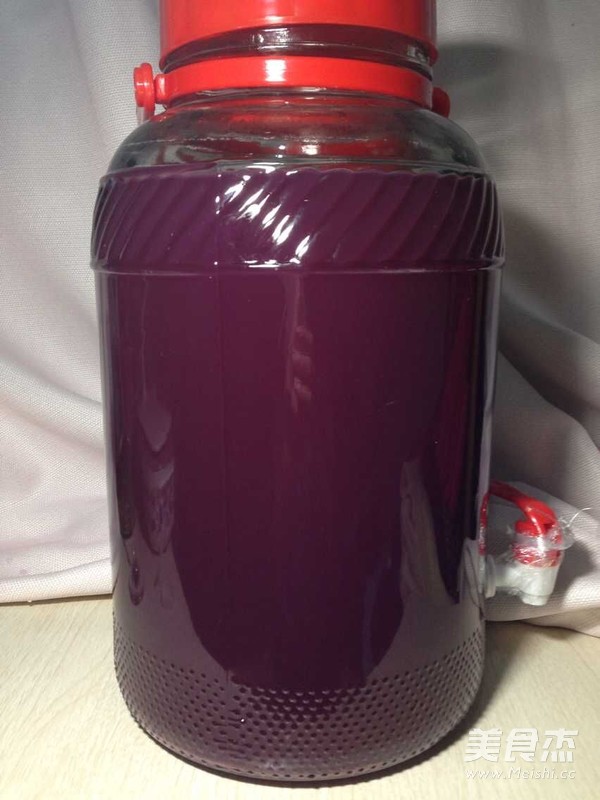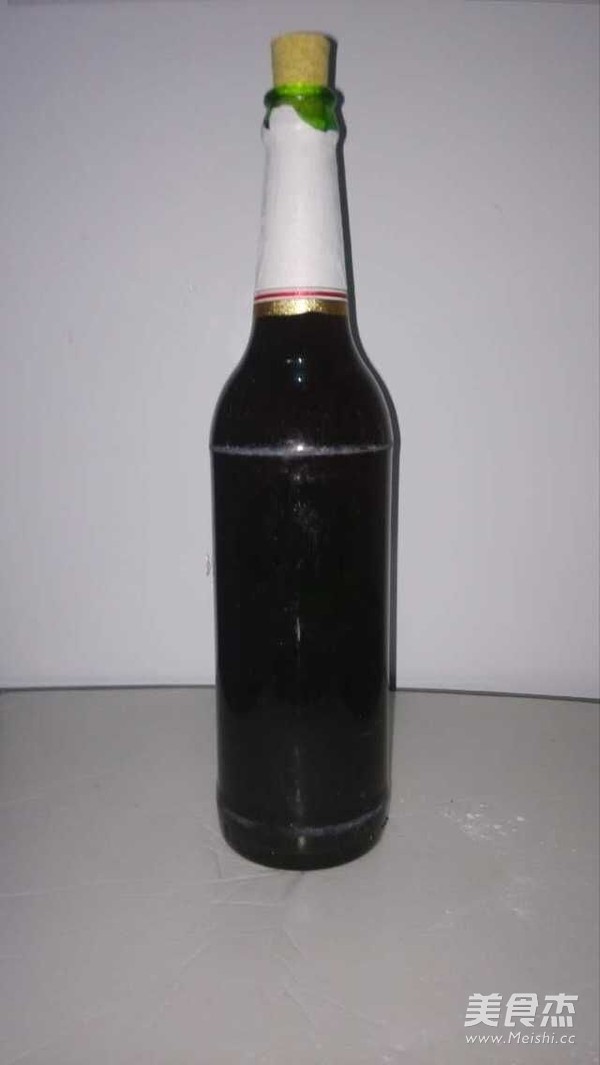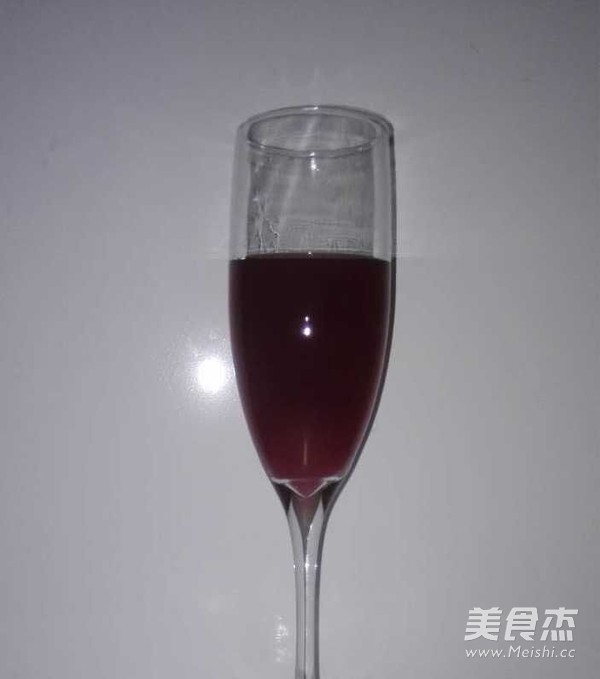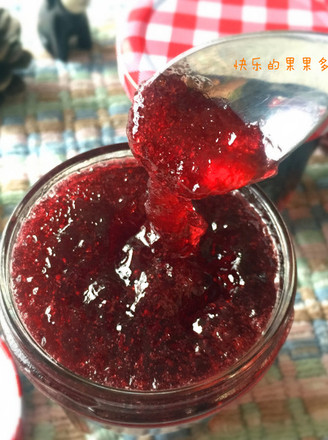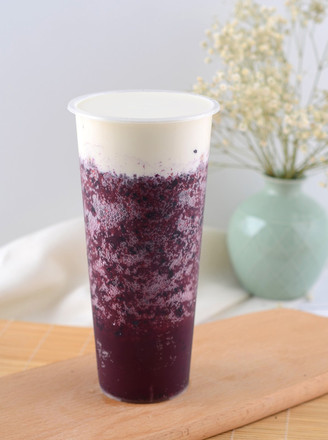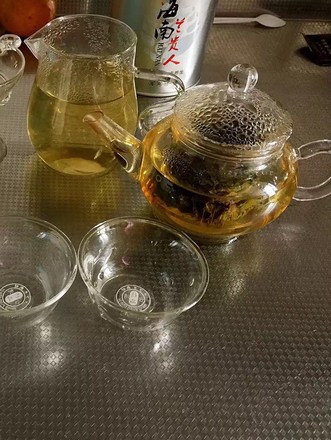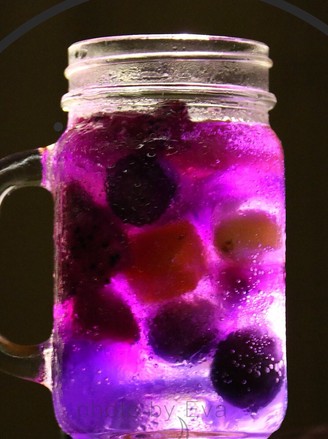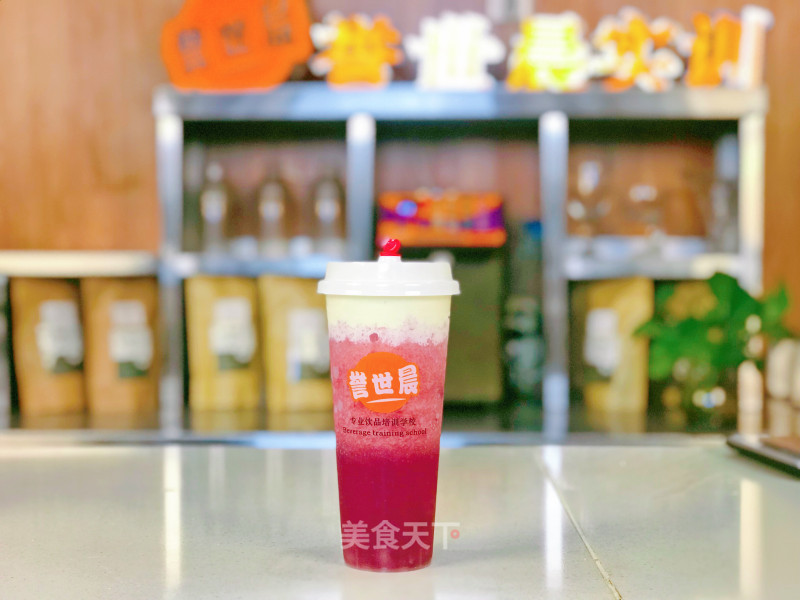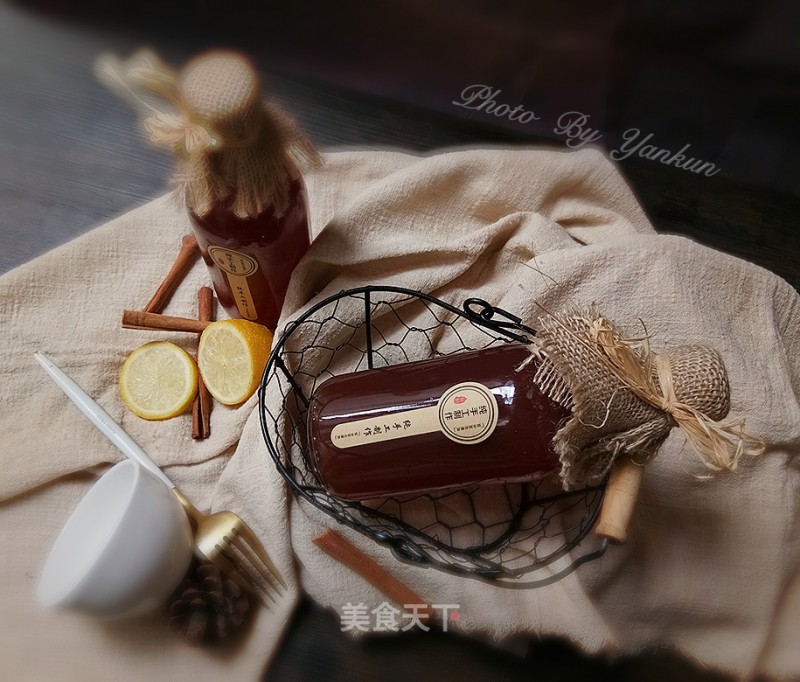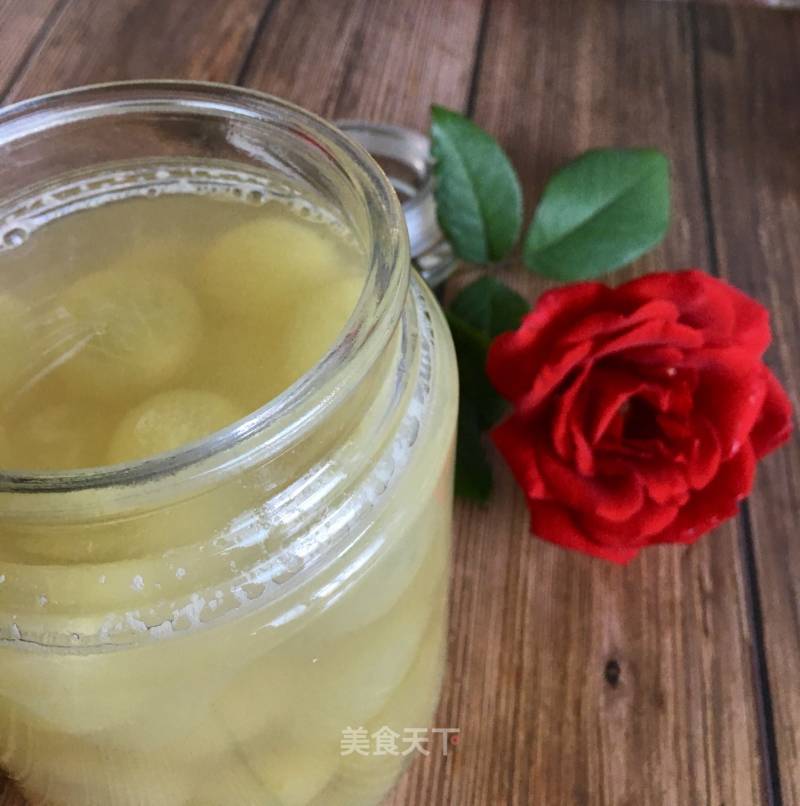Homemade Wine
1.
Buy grapes when the grapes are ripe in large quantities, when the grapes are the sweetest. First cut the grapes into grains with pruning shears. Don't damage the grape skins, eat the damaged ones. Clean, 3-5 times, spread out and let dry naturally
2.
Put on disposable gloves and squeeze each grape into the fermentation jar. Put a part of rock sugar and yeast in one-third of the time, put a part of rock sugar and yeast in the two-thirds, and finally put in the remaining rock sugar and yeast. Cover the mouth of the jar with plastic wrap, and pierce some holes in the plastic wrap with a needle (ventilate, prevent fruit flies from eating your delicious grapes). The filling amount is 70% of the jar
3.
Keep it at 20-30 degrees, a lot of foam will appear after 12 hours. Congratulations, your yeast baby has started to work, producing a lot of carbon dioxide and causing bubbles. Twice a day in the morning and evening, the grapes will be fermented in the juice with a special spatula. Lasts for 5-7 days (this time is related to temperature and grape volume). The foam is basically gone, indicating that the initial fermentation has ended
4.
Use gauze to filter out the grape skins and enter the aging period (about 20 days). The wine is clear, and the bottom of the altar is good. At this stage, the bottle cap cannot be sealed, and a small amount of carbon dioxide will be generated. The sealed jar may explode.
5.
This is a wine that has passed the aging period. You can drink it at this time, but the color is not pretty enough. The color of the wine is related to the maturity of the grapes, the variety of the grapes, and the time period of fermentation.
6.
The color at the end of the aging period. Please compare the early aging
7.
Boil the glass bottle in boiling water for 10 minutes and let it dry naturally. Fill the wine with a siphon, and seal it with an oak cork at the end of the filling. The siphon tube can be cleaned with a cold white boil. Don’t seal the first glass of siphon, just drink
8.
This is the color after sealing for a month, it is already very beautiful
Tips:
During the whole process, you must not touch the raw water or be contaminated by bacteria. Yeast is the dominant strain during fermentation. If the status is threatened, it is possible that what you ferment is not wine but a jar of sewage or even poison. Not being contaminated is the key to the whole process.

